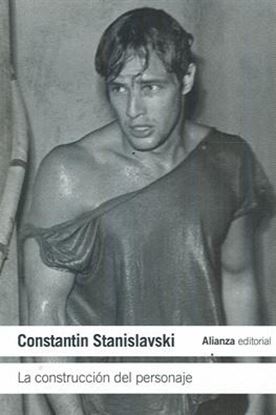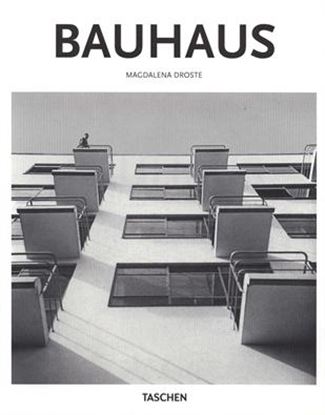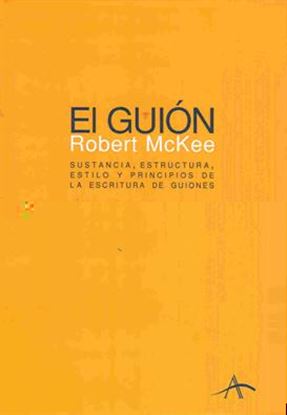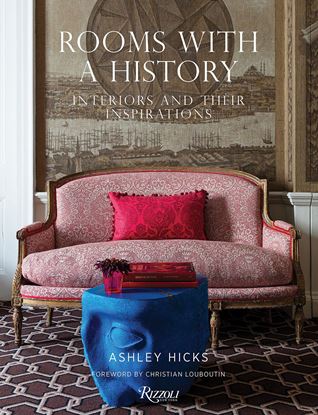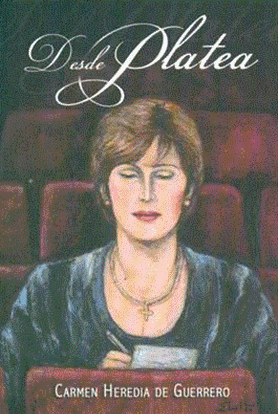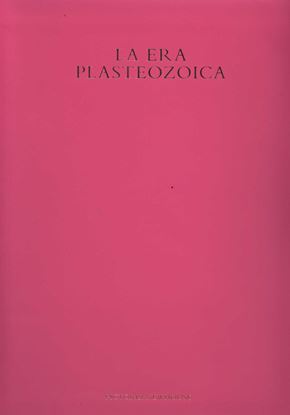

LA CONSTRUCCION DEL PERSONAJE
Fundador en 1897 del Teatro del Arte de Moscú, la figura de Constantin Stanislavski (1863-1937) ocupa un puesto destacado en la reformulación de la labor interpretativa planteada a principios del siglo XX a causa de su empeño en desarrollar una concepción teatral basada en la adecuada ambientación de cada obra y en la preparación psicotécnica del actor. La construcción del personaje, su último libro, fue publicado postumamente, y el tratamiento de los temas que en él se abordan -la caracterización física de los autores, el vestuario, la expresión corporal, la plasticidad del movimiento, la contención y el control, la dicción y el canto, la acentuación y la expresividad, el ritmo en el movimiento y el lenguaje, la ética teatral, etc.- da fe de la riqueza de experiencias, el talento didáctico y el sentido dramático del gran actor y director de escena.
1,150
920
BAUHAUS (BA-ARCH) (ES)
Diseñando una época
La escuela artística más famosa de la modernidad
Durante un fugaz periodo de catorce años intercalado entre dos guerras mundiales, la escuela de arte y diseño alemana Bauhaus cambió el aspecto de la modernidad. Con ideales utópicos para el futuro, la escuela fue pionera en la funsión del arte, la artesanía y la tecnología aplicada a la pintura, la escultura, el diseño, la arquitectura, el cine, la fotografía, los tejidos, la cerámica, el teatro y la instalación artística. Este libro es un homenaje al atrevimiento e innovación del movimiento Bauhaus, pionero en el desarrollo del arte moderno y paradigma de la educación artística, en el que una total libertad de expresión creativa y de ideas vanguardistas dio lugar a creaciones hermosas y prácticas.
1,350
920
EL GUION. STORY
Ilustrado con muestras de guiones clásicos (Casablanca, Chinatown, etc.), McKee analiza cómo está construida cada escena para que funcione y, lo que es más importante, por qué funciona. Por su profunda comprensión de los mecanismos que mueven las historias y su original método de enfocar la redacción de guiones, El Guión constituye una herramienta imprescindible para todo aquel que quiera llevar una idea a la pantalla.
1,100
880


